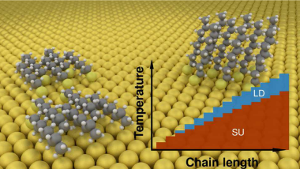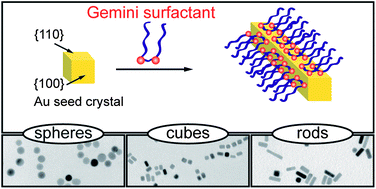A Computational Assessment of the Efficacy of Halides as Shape-Directing Agents in Nanoparticle Growth
J. Löfgren,
J. M. Rahm,
J. Brorsson,
and
P. Erhart
Physical Review Materials 4, 096001
(2020)
arXiv:2006.07068
doi: 10.1103/PhysRevMaterials.4.096001
Download PDF

We report a comprehensive study of aqueous halide adsorption on nanoparticles of gold and palladium that addresses several limitations hampering the use of atomistic modeling as a tool for understanding and improving wet-chemical synthesis and related applications. A combination of thermodynamic modeling with density functional theory (DFT) calculations and experimental data is used to predict equilibrium shapes of halide-covered nanoparticles as a function of the chemical environment. To ensure realistic and experimentally relevant results, we account for solvent effects and include a large set of vicinal surfaces, several adsorbate coverages as well as decahedral particles. While the observed stabilization is not significant enough to result in thermodynamic stability of anisotropic shapes such as nanocubes, non-uniformity in the halide coverage indicates the possibility of obtaining such shapes as kinetic products. With regard to technical challenges, we show that inclusion of surface-solvent interactions lead to qualitative changes in the predicted shape. Furthermore, accounting for non-local interactions on the functional level yields a more accurate description of surface systems.


